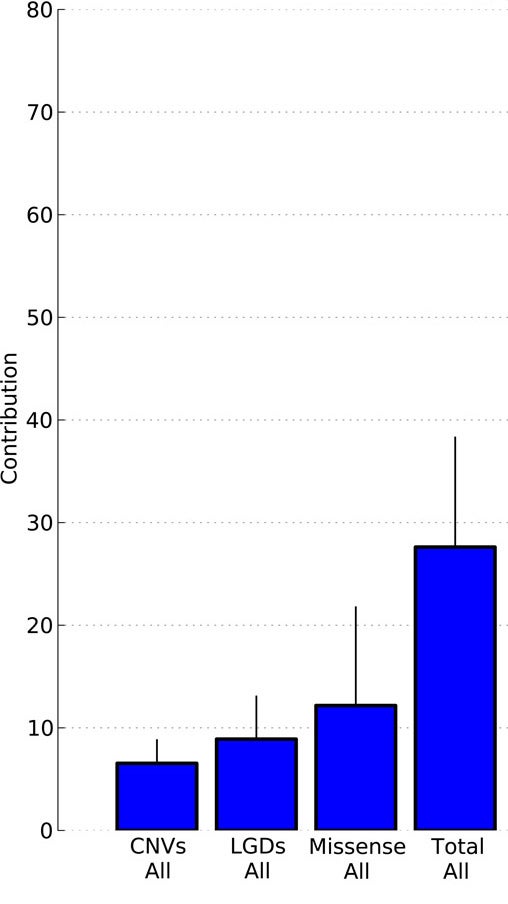
Thesis Statement On Autism. Words7 Pages. I. Introduction: Autism spectrum disorder (ASD) may be portrayed toward critical impairments in social interaction. It also includes restricted repeated behaviors, interests and activities. (Mayo Clinic staff, ) A. Definition: Autism spectrum disorder (ASD) may be a disorder in the brain This thesis explores how collegiate writing centers could better serve the needs of students with autism. As there is so little research that involves writing centers and college students with autism, scholarship was pulled from traditional writing center pedagogy, research concerning adults with autism, and the information that was availableAuthor: Rebekah Barton Mar 21, · We will write a custom Essay on Children with Autism Spectrum Disorder specifically for you. for only $ $11/page. certified writers online. Learn More. The researchers aimed at addressing the issue of the “best applicable strategy (strategies)” that teachers use for the inclusion of students with ASD in their classrooms
Thesis Statement On Autism - Words | Bartleby
Resting-state functional connectivity FC analyses have shown atypical connectivity in autism spectrum disorder ASD as compared to typically developing TD. However, this view emerges from investigating static FC overlooking the whole brain transient connectivity patterns. In our study, we investigated how age and disease influence the dynamic changes in functional connectivity of TD and ASD.
The dynamic variability in the connection strength and the modular organization in terms of measures such as flexiblity, cohesion strength, and disjointness were explored for each subject to characterize the differences between ASD and TD.
In ASD, we observed significantly higher inter-subject dynamic variability in connection strength as compared to TD. This hyper-variability relates to the symptom severity in ASD. We also found that whole-brain flexibility correlates with static modularity only in TD. Further, thesis on autism spectrum disorder, we observed a core-periphery organization in the resting-state, thesis on autism spectrum disorder Sensorimotor and Visual regions in the rigid core; and DMN and attention areas in the flexible periphery.
TD also develops a more cohesive organization of sensorimotor areas, thesis on autism spectrum disorder. However, in ASD we found a strong positive correlation of symptom severity with flexibility of rigid areas and with disjointness of sensorimotor areas. The regions of the brain showing high predictive power of symptom severity were distributed across the cortex, with stronger bearings in the frontal, motor, and occipital cortices. Our study demonstrates that the dynamic framework best characterizes the variability in ASD.
Keywords: ABIDE; autism; dynamic connectivity; flexibility; resting-state functional MRI. Abstract Resting-state functional connectivity FC analyses have shown atypical connectivity in autism spectrum disorder ASD as compared to typically developing TD.
Autism Spectrum Disorder, Causes, Signs and Symptoms, Diagnosis and Treatment
, time: 5:45Children with Autism Spectrum Disorder - Words | Essay Example

McCumber, Cassandra, "Kindergarten transition practices for students with autism spectrum disorder" (). Thesis. Rochester Institute of Technology. Accessed from This Thesis is brought to you for free and open access by RIT Scholar Works. It has been accepted for inclusion in Theses by an authorized administrator of RIT Scholar Works Mar 29, · Autism Spectrum Disorder (ASD) is a neurological condition that affects one in forty-five children. These children affected tend to be american males. Diagnosis of ASD continue to rise every year. The three main pillars of ASD are: impaired social interactions, communications (both verbal and nonverbal), and restricted or repetitive actions Autism Spectrum Disorder (ASD) is a group of developmental disorders, classified as neurodevelopmental disorders (NIH, ). ASD is often characterized by learning problems, difficulty communicating and interacting with others, notable repetitive behaviors, along with
No comments:
Post a Comment